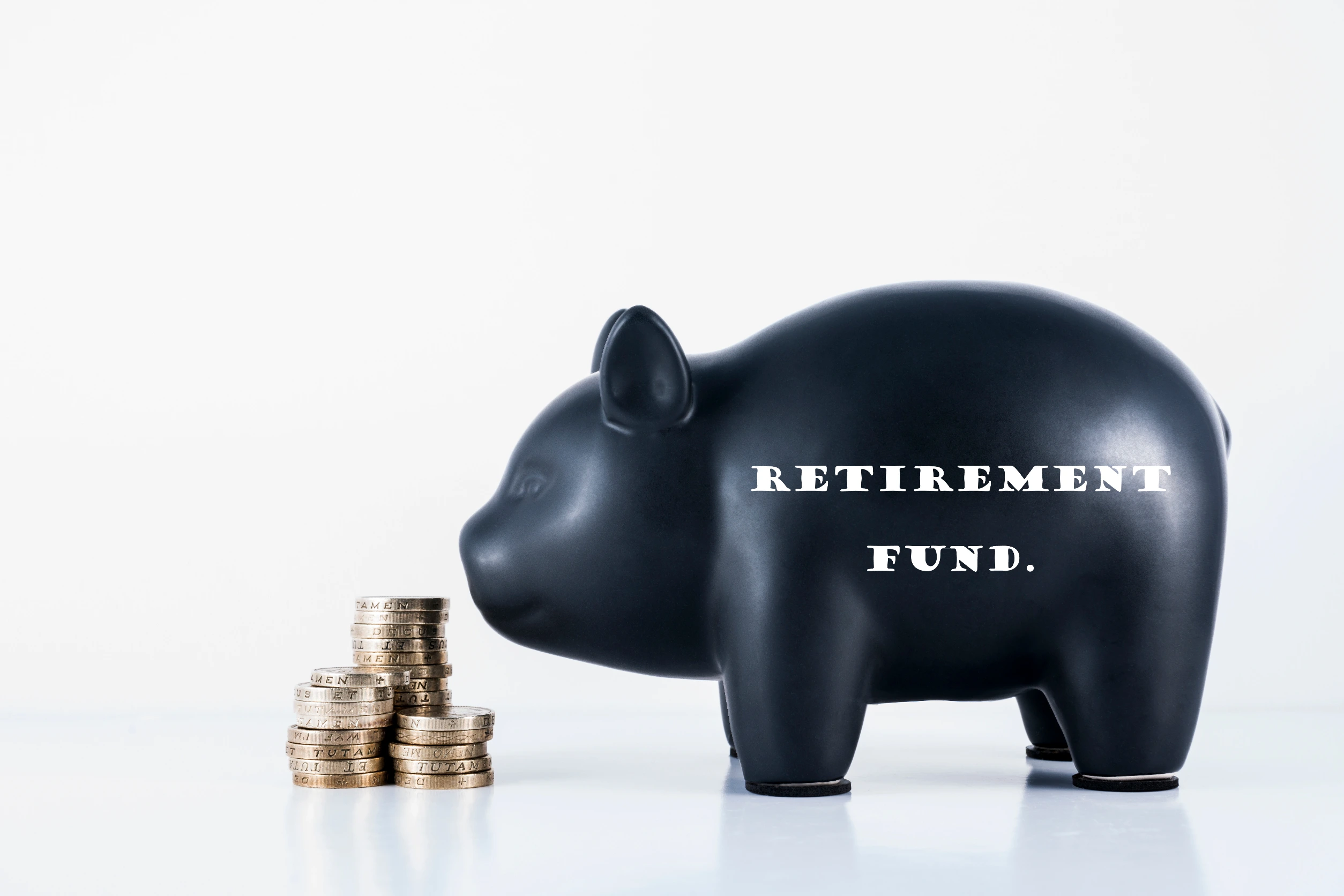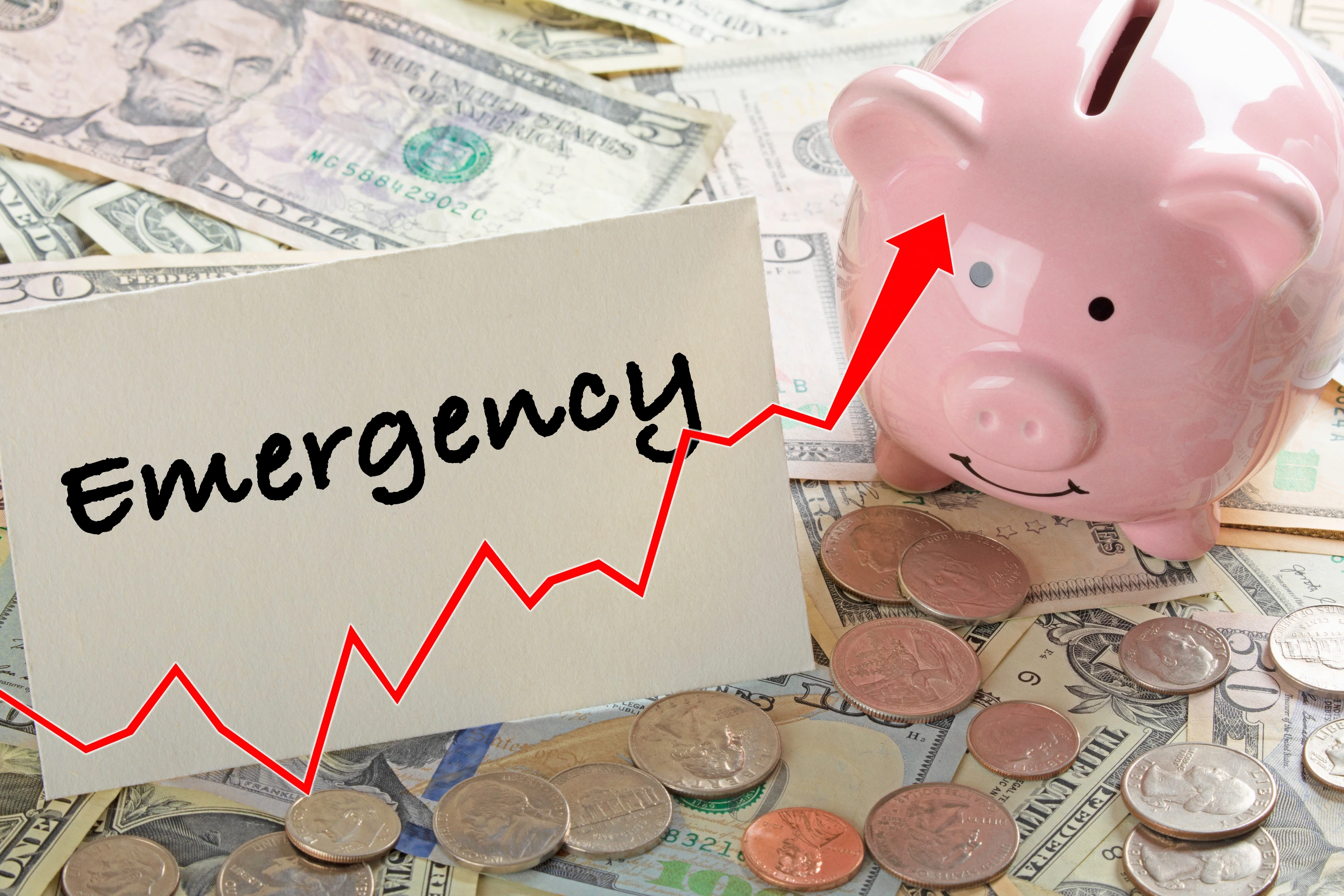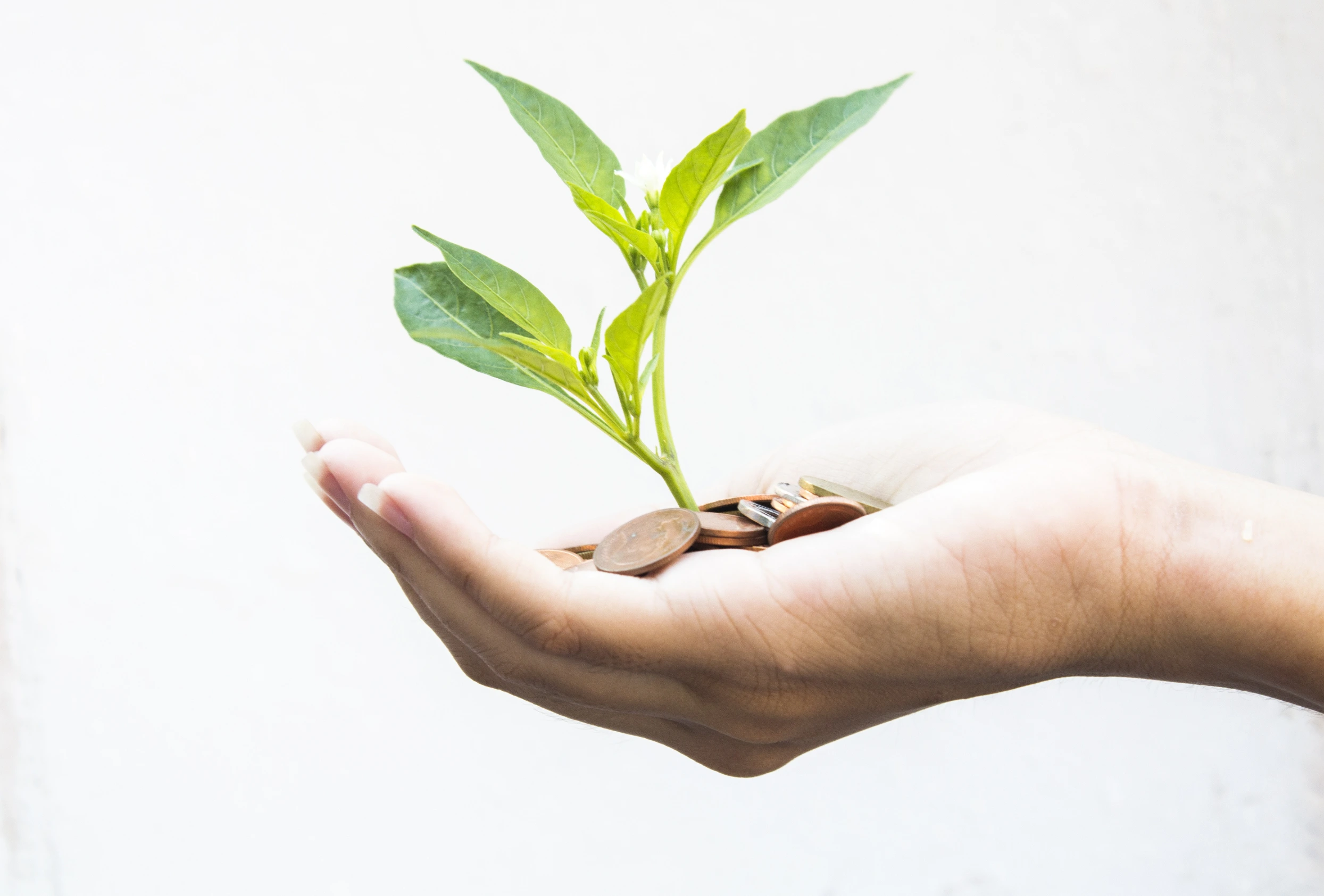10 Places To Focus Putting Your Money In Your 30s and 40s
123rf
Let’s get real about managing your finances in your 30s and 40s. It’s not always straightforward, but with some smart planning, you can really set yourself up for success down the line. I’m here to walk you through ten solid investment strategies that can really pay off during these important years. This isn’t just about stashing cash; it’s about making your money work smarter, not harder. Here are 10 places to focus putting your money in your 30s and 40s.
1. Retirement Funds

Investing in retirement funds is a strategic move in your 30s and 40s. With years left in the workforce, this is a critical time to bolster your retirement savings. Contributing to a 401(k) or an IRA allows your money to grow tax-deferred, maximizing the compound interest benefits. Consider increasing your contributions gradually to lessen the impact on your take-home pay while amplifying your savings.
Many employers offer a matching contribution to 401(k) plans, which can significantly enhance your retirement savings. Failing to take advantage of this is akin to leaving free money on the table. It’s advisable to contribute at least enough to get the full match; over time, this can amount to a substantial sum.
2. Real Estate Investments

Investing in real estate can be a powerful wealth-building tool in your 30s and 40s. Property ownership offers the dual benefits of potential appreciation in value and rental income. This can serve as a passive income stream and a hedge against inflation.
When considering real estate investments, research is key. Look for properties in areas with strong rental markets and potential for growth. This could include neighborhoods near major employers or universities. Remember, real estate is a long-term investment, so think about your long-term financial goals when making this decision.
3. Diversified Stock Portfolio

Building a diversified stock portfolio is essential. Diversifying reduces risk by spreading investments across various sectors and geographies. In your 30s and 40s, you have the advantage of time, allowing you to ride out market fluctuations and benefit from long-term growth.
Consider using a mix of individual stocks, mutual funds, and ETFs to achieve diversification. Technology, healthcare, and renewable energy are sectors that have shown robust growth. Remember, investing in the stock market involves risk, so it’s wise to do thorough research or consult with a financial advisor.
4. Health Savings Account (HSA)

A Health Savings Account (HSA) is a tax-advantaged way to save for medical expenses, both now and in retirement. Contributions are tax-deductible, and withdrawals for qualified medical expenses are tax-free. This makes HSAs an excellent investment vehicle for those with high-deductible health plans.
In your 30s and 40s, when health concerns can start to become more prevalent, having an HSA provides a financial safety net. Additionally, HSAs can be invested in stocks, bonds, and mutual funds, allowing for potential growth over time.
5. College Savings for Children

If you have children, starting a college savings fund can significantly ease the financial burden of higher education. Plans like the 529 College Savings Plan offer tax advantages and can be a savvy way to invest in your child’s future.
Starting early is key, as it allows more time for your contributions to grow. Even small, regular contributions can add up over time, potentially saving you and your child from substantial student loan debt in the future.
6. Emergency Fund

An emergency fund is a crucial aspect of financial security. This fund should cover 3-6 months of living expenses and be readily accessible. Having this safety net can protect you against unexpected events like job loss or medical emergencies.
Building an emergency fund might seem daunting, but starting small and contributing regularly can make it more manageable. This fund provides peace of mind and financial stability, allowing you to handle life’s uncertainties without derailing your long-term financial plans.
7. Paying Off High-Interest Debt

Paying off high-interest debt, such as credit card balances, should be a top priority. High-interest rates can quickly compound, making it harder to get out of debt. Tackling this debt can free up more of your income for savings and investments.
Consider strategies like the debt avalanche method, where you pay off debts with the highest interest rates first. This not only saves you money in interest over time but can also improve your credit score, opening up more financial opportunities.
8. Life Insurance

Life insurance is an often-overlooked aspect of financial planning. In your 30s and 40s, securing a life insurance policy can be relatively inexpensive and is crucial if you have dependents. It ensures that your loved ones are financially protected in the event of your untimely passing.
There are various types of life insurance, including term and whole life policies. Assess your financial situation and future needs to determine the right type and amount of coverage for you and your family.
9. Personal Development and Education

Investing in yourself is always a wise decision. Personal development and continuing education can lead to better job opportunities, higher income, and personal fulfillment. This could mean taking courses relevant to your career, learning new skills, or even pursuing an advanced degree.
The return on investment for personal development can be significant, not just in monetary terms but also in terms of job satisfaction and career advancement. In today’s fast-paced world, staying current in your field is crucial.
10. Sustainable and Ethical Investments

Sustainable and ethical investing is a growing trend. This involves investing in companies that align with your values, such as those that prioritize environmental sustainability, social responsibility, and good governance.
Such investments not only contribute to positive change but can also be financially rewarding, as more consumers and investors are drawn to companies with sustainable practices. Research shows that sustainable investments often perform as well as, if not better than, traditional investments.
Financial Stability and Growth

Investing wisely in your 30s and 40s can set the stage for financial stability and growth. From bolstering your retirement funds to paying off high-interest debt, each of these areas offers unique benefits and opportunities. Remember, the best investment strategy is one that aligns with your personal goals and risk tolerance. Start taking steps today to secure your financial future.

